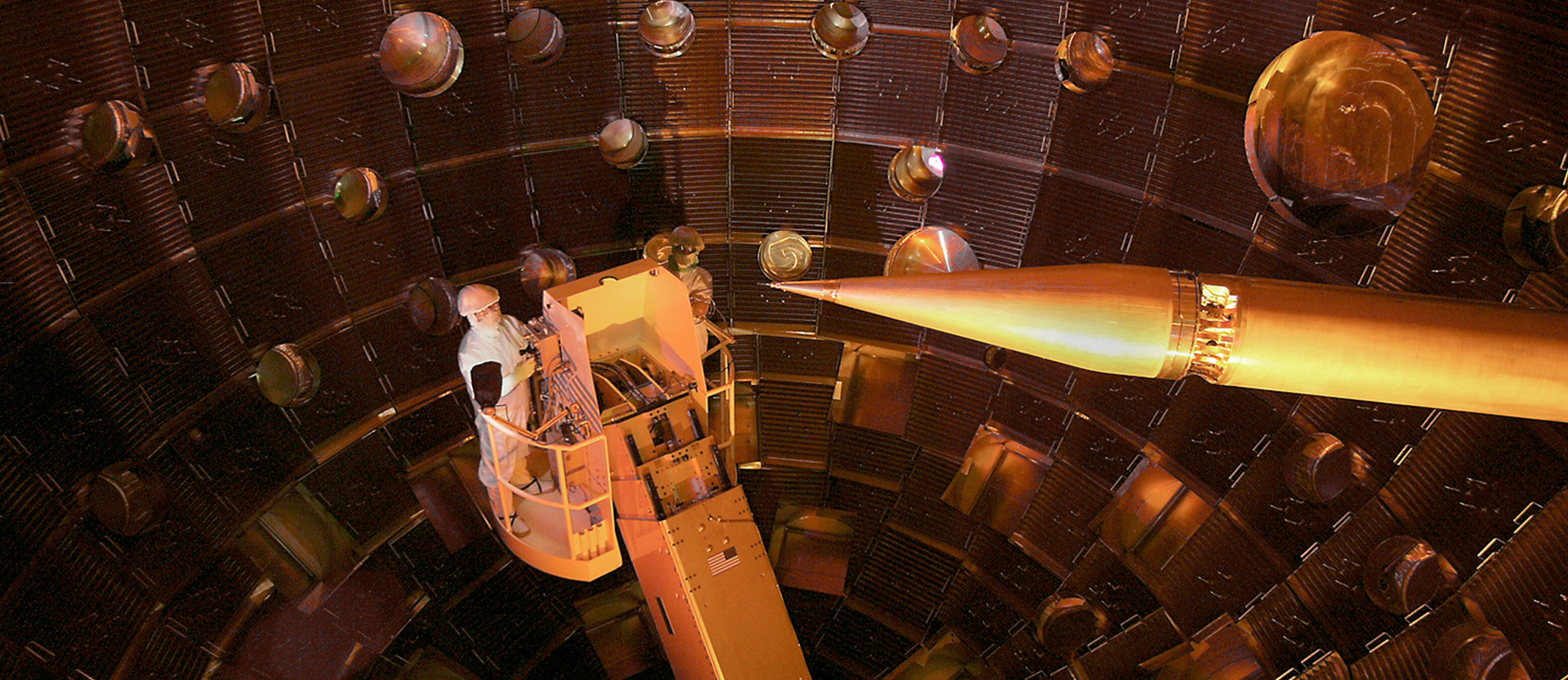A laser on mars
Even on mars, a laser in use. On NASA’s Mars Rover Curiosity, a so-called ChemCam is in use. The system includes a laser, which bombards the Martian ground over a radius of about seven meters with five-nanosecond-long infrared light pulses. The spots targeted by the laser are no larger than 0.3 to 0.6 millimeters in diameter. These spots heat up, and rock vaporizes, resulting in the creation of plasma: a mixture of electrons and positively charged atoms. This plasma in turn emits light. The spectrum of this light differs depending on what material the laser has hit in the Martian soil. The ChemCam can identify elements such as sodium, magnesium, and aluminum, as well as hydrogen. Curiosity has already analyzed more than 400 soil samples and fired over 100,000 laser pulses.
Lasers to combat cancer
The laser plays an important role in medicine, too. The finest incisions can be made in tissue with laser light, without contact, and without transferring germs. No scalpel incisions are as precise and sterile as those made by laser light. Particularly in eye surgery, laser technology is an enormous step forward.
The potential of laser technology in medical applications is far from exhausted. One day, laser light could replace conventional X-ray machines, or radiation facilities for cancer patients. The principle is quite simple: with extremely powerful laser pulses, charged particles such as electrons or ions can be accelerated. Through this, electrons can reach almost the speed of light, and ions around ten per cent of it.
Apply the brakes to this electron acceleration, and X-rays are emitted. This radiation, in combination with techniques such as phase contrast X-ray imaging, could in future achieve a much higher quality of medical imaging – far from anything possible today – thus making tiny structures visible. Even tumors smaller than one millimeter could be discovered, and cancer detected at an early stage.
With laser-accelerated ions, tumors could in future be irradiated much more efficiently than they are today. Likewise, such sophisticated laser technology would reduce the cost of treatment enormously. This method of treatment would thus be accessible to a larger group of patients. Researchers from the Ludwig-Maximilians-Universität München, the Technischen Universität München and the Max Planck Society (among others) are at work on laser-light assisted particle acceleration technology at the laser research centers LEX Photonics and the Centre for Advanced Laser Applications (CALA) on the research campus in Garching, near Munich, Germany.
Whether in medicine, engineering or science: the more the potential of laser light is explored, the more fascinating possibilities seem to emerge. The laser will significantly shape the technologies of the 21st century, open up new horizons and offer us new perspectives.










